Related Research Articles

Esperanto is the world's most widely spoken constructed international auxiliary language. Created by the Warsaw-based ophthalmologist L. L. Zamenhof in 1887, it was intended to be a universal second language for international communication, or "the international language". Zamenhof first described the language in Dr. Esperanto's International Language, which he published under the pseudonym Doktoro Esperanto. Early adopters of the language liked the name Esperanto and soon used it to describe his language. The word esperanto translates into English as "one who hopes".

L. L. Zamenhof developed Esperanto in the 1870s and '80s. Unua Libro, the first print discussion of the language, appeared in 1887. The number of Esperanto speakers have increased gradually since then, without much support from governments and international organizations. Its use has, in some instances, been outlawed or otherwise suppressed.
Esperanto culture refers to the shared cultural experience of the Esperantujo, or Esperanto-speaking community. Despite being a constructed language, Esperanto has a history dating back to the late 19th century, and shared socio-cultural norms have developed among its speakers. Some of these can be traced back to the initial ideas of the language's creator, Ludwig Zamenhof, including the theory that a global second language would foster international communication. Others have developed over time, as the language has allowed different national and linguistic cultures to blend together. Some Esperanto speakers have also researched the language's ideologies.

Ido is a constructed language derived from Reformed Esperanto, and similarly designed with the goal of being a universal second language for people of diverse backgrounds. To function as an effective international auxiliary language, Ido was specifically designed to be grammatically, orthographically, and lexicographically regular. It is the most successful of the many Esperanto derivatives, called Esperantidoj.
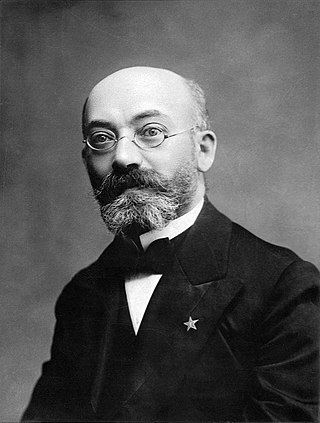
L. L. Zamenhof was an ophthalmologist who lived for most of his life in Warsaw. He is best known as the creator of Esperanto, the most widely used constructed international auxiliary language.
Native Esperanto speakers are people who have acquired Esperanto as one of their native languages. As of 1996, there were 350 or so attested cases of families with native Esperanto speakers. Estimates from associations indicate that there were around 1,000 Esperanto-speaking families, involving perhaps 2,000 children in 2004. According to a 2019 synthesis of all the estimates made, they would be between several hundred and 2000, and would compose between <1% and 4.5% of the Esperanto community. In all known cases, speakers are natively bilingual, or multilingual, raised in both Esperanto and either the local national language or the native language of their parents. In all but a handful of cases, it was the father who used Esperanto with the child. In the majority of such families, the parents had the same native language, though in many the parents had different native languages, and only Esperanto in common.
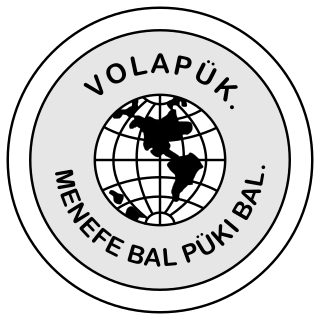
Volapük is a constructed language created between 1879 and 1880 by Johann Martin Schleyer, a Catholic priest in Baden, Germany, who believed that God had told him in a dream to create an international language. Notable as the first major constructed international auxiliary language, the grammar comes from European languages and the vocabulary mostly from English. However, the roots are often distorted beyond recognition.

The Universal Esperanto Association, also known as the World Esperanto Association, is the largest international organization of Esperanto speakers, with 5501 individual members in 121 countries and 9215 through national associations and in official relations with the United Nations. In addition to individual members, 70 national Esperanto organizations are affiliated with UEA. Its current president is the professor Duncan Charters. The magazine Esperanto is the main organ used by UEA to inform its members about everything happening in the Esperanto community.

The European Union (EU) has 24 official languages, of which three – English, French and German – have the higher status of "procedural" languages of the European Commission. Irish previously had the lower status of "treaty language" before being upgraded to an official and working language in 2007. However, a temporary derogation was enforced until 1 January 2022. The three procedural languages are those used in the day-to-day workings of the institutions of the EU. The designation of Irish as a "treaty language" meant that only the treaties of the European Union were translated into Irish, whereas Legal Acts of the European Union adopted under the treaties did not have to be. Luxembourgish and Turkish, which have official status in Luxembourg and Cyprus, respectively, are the only two official languages of EU member states that are not official languages of the EU.

The Akademio de Esperanto is an independent body of Esperanto speakers who steward the evolution of said language by keeping it consistent with the Fundamento de Esperanto in accordance with the Declaration of Boulogne. Modeled somewhat after the Académie française and the Real Academia Española, the Akademio was proposed by L. L. Zamenhof, the creator of Esperanto, at the first World Esperanto Congress, and was founded soon thereafter under the name Lingva Komitato. This Committee had a "superior commission" called the Akademio. In 1948, within the framework of a general reorganization, the Language Committee and the Academy combined to form the Akademio de Esperanto.

The Esperanto Wikipedia is the Esperanto version of Wikipedia, which was started on 11 May 2001, alongside the Basque Wikipedia. With over 330,000 articles as of January 2023, it is the 36th-largest Wikipedia as measured by the number of articles, and the largest Wikipedia in a constructed language.
The original word base of Esperanto contained around 900 root words and was defined in Unua Libro, published by L. L. Zamenhof in 1887. In 1894, Zamenhof published the first Esperanto dictionary, Universala vortaro, which was written in five languages and supplied a larger set of root words, adding 1740 new words.
Esperanto and Interlingua are two planned languages with different approaches to the problem of providing an International auxiliary language (IAL). Esperanto has many more speakers; the number of speakers is c. 100,000-2,000,000. On the other hand, the number of speakers is c. 1,500 for Interlingua, but speakers of the language claim to be able to communicate easily with the c. 1 billion speakers of Romance languages, whereas Esperanto speakers can only communicate among each other.
Esperanto and Ido are constructed international auxiliary languages, with Ido being an Esperantido derived from Esperanto and Reformed Esperanto. The number of speakers is estimated at 100 thousand to 2 million for Esperanto, whereas Ido is much fewer at 100 to 1 thousand.
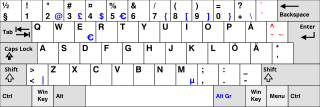
The two main official languages of Finland are Finnish and Swedish. There are also several official minority languages: three variants of Sami, as well as Romani, Finnish Sign Language and Karelian.

Gustaf John Ramstedt was a Finnish diplomat, orientalist and linguist. He was also an early Finnish Esperantist, and chairman of the Esperanto-Association of Finland.
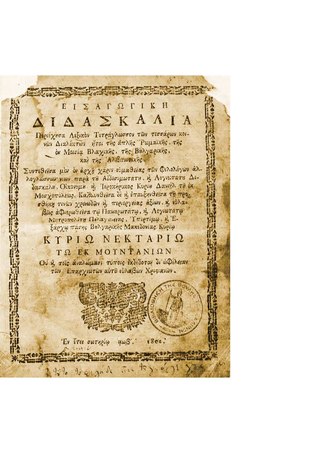
Daniel of Moscopole or Daniil of Moscopole, also known as Mihali Adami Hagi, was an Aromanian scholar from Moscopole and student of Theodoros Kavalliotis, an 18th/19th-century professor and director of New Academy of Moscopole.
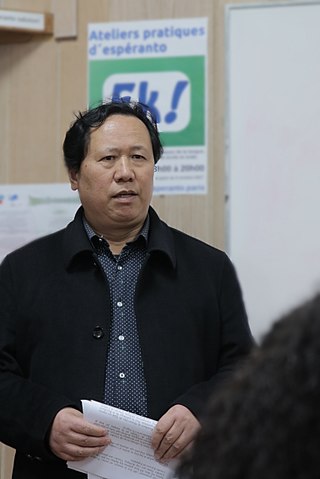
The Esperantist of the Year is an honorary designation bestowed each year by the editors of the Esperanto-language monthly La Ondo de Esperanto. The award recipient is selected by an international jury led by Halina Gorecka, the Russian publisher of the magazine.
The Tekstaro de Esperanto is a text corpus of the Esperanto language, a large collection of very diverse texts for linguistic research on Esperanto. As of January 2019, the corpus has texts with a total of 5,177,208 words.
References
- ↑ "Helsinki.fi".
- ↑ "La nombro de esperantistoj". 2006-09-24. Archived from the original on September 24, 2006. Retrieved 2016-05-20.
{{cite web}}: CS1 maint: unfit URL (link)